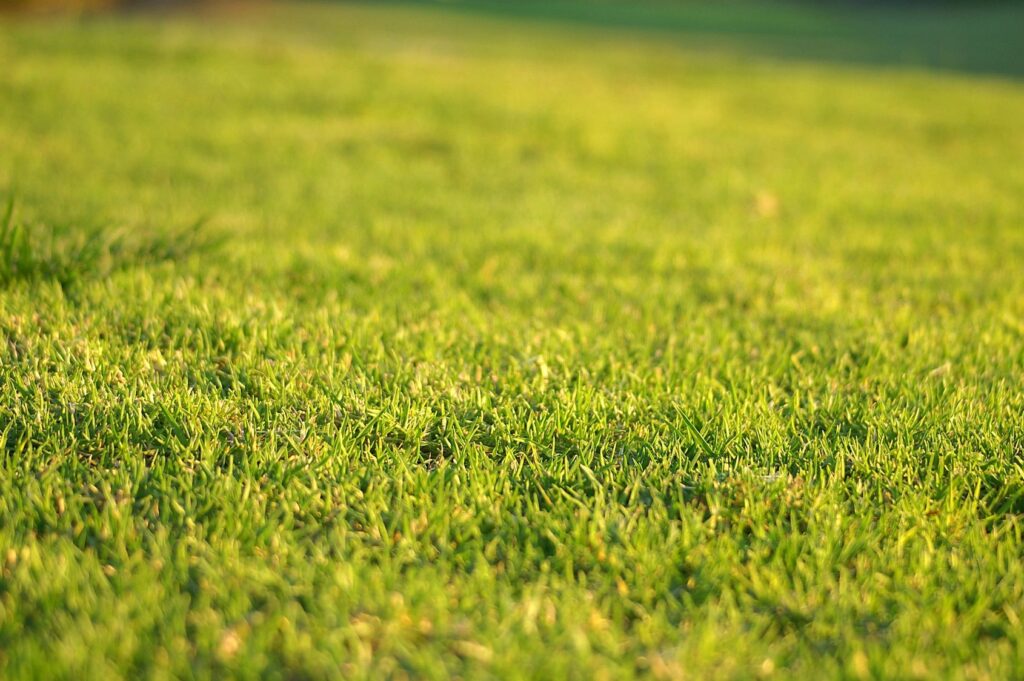By, The Old Guy with the Ponytail
Soil compaction affects every aspect of turf quality. Addressing compaction is an important part of effective lawn management. It should be understood that there is no one product or procedure that can transform a poor quality lawn. It is rather the cumulative total of doing more right than wrong. Compaction relief is one step on the road to a healthy lawn.
Core aeration is one of the most effective means of relieving soil compaction in a lawn. Cigar shaped cores are pulled from the soil and deposited on the surface. The holes remaining allow the surrounding soil to migrate into them, decreasing soil density, relieving compaction and improving drainage characteristics.
Topdressing Soil
Modifying or “topdressing” the soil with a material that improves the desired characteristics of that soil can be another means of addressing long term compaction relief and improving drainage characteristics. Defining the desired soil adjustments and selecting an effective topdressing material, prior to initiating a topdressing program is important.
A heavy textured clay soil can be modified with a sandy topdressing. This strategy typically takes multiple applications to be effective in decreasing the potential for compaction and improving drainage. Caution should be used when selecting a sand based topdressing. Sand with an improper particle size can increase rather than decrease drainage characteristics. A topdressing material for this purpose should be blended with some sort of organic matter. Organic matter is the glue that helps a clay soil cement together, creating larger soil aggregates which in turn fight compaction and improve drainage.
Soil Compaction: Aggregation and Irrigation
Improving the aggregation characteristics of a clay soil with organic matter is usually more highly recommended than topdressing with sand. Sand does not affect the drainage characteristics of a soil until it reaches about 85% of the soil and at that percentage, supplemental irrigation is typically required due to the decrease in the moisture holding capacity of the soil.
When topdressing is applied, it is typically applied after core aeration. This allows the topdressing to be blended deeper into the soil. It is said that by removing ¾” diameter cores on 2” centers, to a depth of 2”and topdressing with ¼” topdressing, you can totally transform your soil over a three year period. This principle assumes you don’t hit the same aeration holes twice in follow up aeration.
Got questions? Fill out a contact form or call us at any one of our locations based in New Jersey!


Leave a Reply